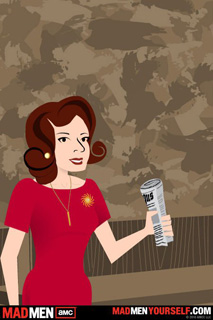
America’s gone mad for Mad Men. I admit that I, too, have gone mad. My madness for the show has been one of anger, love, resignation and finally—ambivalence, and love, still. The show leaves me with more questions than answers, and somewhat ambivalent, because I think the show echoes and mirrors back to us much of the “post-feminist” era ambivalence our generation faces today. The show, which some dub as a period piece, subtly and not-so-subtly hits on many gender issues that are not yet resolved, both for the 1950s-60s characters working on Madison Avenue in New York, and for us all.
On the very surface, Mad Men watchers are, at the very least, nostalgically obsessed with the show’s aesthetic. While our parents are probably scarcely fazed by the sharp suits and sheath dresses with cigarettes dangling from the characters’ mouths, we young people cannot get enough—evidenced by entire racks in costume shops devoted to Mad Men dresses for Halloween this year. I too, have succumbed to the 1950s and 1960s glamour featured in the show, and only last weekend I found myself ogling similar trends in vintage shops in Chicago’s Lincoln Square neighborhood.
For argument’s sake, let’s say people are not merely nostalgic and fascinated by a period show. Let’s say, there’s something a bit deeper that lures and holds the attention of such a large audience of men and women.
For a year, I refused to even touch the show, and only recently have been catching up on the series. My hesitance came after having long talks with a co-worker and fan (holding the same position as mine at work), who would complain he wished he could smoke in the office and get a secretary to do his grunt work. I thought, If this is the influence the show is having on guys today, no thanks. While he was likely kidding, other males with whom I’ve spoke have similar iconic associations with Don Draper, as if Draper were the modern Super Man.
However, I would argue that while Draper has a shiny and unquestionably handsome veneer, he more closely resembles the doomed protagonists from Greek tragedies. I might similarly describe the women who touch his life. Draper, who out of tragic childhood, rose above by reinventing himself, can’t quite figure out who that “self” is, and plows through a failing marriage with countless extra-marital affairs and with a closed-off disregard for anyone whom he encounters. One might say he’s dead inside. What an icon for modern men.
Betty, his wife, begins the series also with a beautiful veneer, and desperation to leave the shiny bubble in which she lives as a housewife, knowing that Don is continually cheating on her.
Interestingly, one of the first female characters with whom Don can truly connect and be honest with about his past is the Jewish character Rachel Menken, the head of Menken’s, a Jewish department store in New York. While there is a sense of discomfort and otherness surrounding Jews in the show and her family in particular, Don and Rachel somehow bridge the gap. When Don’s firm wants to schedule an appointment with Rachel regarding advertising for her store, they search out a random Jewish person from the company who can attend the meeting to make her feel more comfortable. However upon meeting her, Rachel’s frankness and ability to cut through Don’s bull puts him at ease in a manner that Betty cannot. Betty, who takes on a child-like demeanor early in the series, is protected from the serious issues of Don’s past.
On two separate occasions I discussed Rachel’s character with my father and a friend my age, and both times I was offered the joke about the Jewish boy who came home from school and told his mother he got a part in the school play. She asked him what part and he replied, “The Jewish father.” To which she answered, “Go back to the school and ask for a speaking role.”
Often, women are perceived as the dominant figure in the household—but that’s just it, in the household. Rachel’s character was more of an outlier, if one subscribes to that stereotype, as she was college educated, came from a family of money and ran her family’s business—a seemingly rare feat in the 1950s. Very rarely, does one see a woman being pitched to in the board room on Mad Men. My father said back in the 1950s and 1960s Jewish women were known to help run and even take over family businesses, and culturally it was more acceptable.
The show is complex, as are the characters, whom we see grow from season to season. For instance, Betty finally divorces Don. Other characters such as Peggy forego the traditional female route, as she gave up her baby to follow her career aspirations. There is also the character of Joan, who is like the red-headed Marilyn Monroe of the show, with a curvaceous figure and careful, yet strong demeanor. As the show’s resident sex icon, she also becomes the victim of a rape. The instance reminded me of Sex and the City’s treatment of the character Samantha, who late in the series got breast cancer—which doctors partially blamed on her not having children—linked to her promiscuous lifestyle.
While the show is complex, I worry that it also glamorizes patriarchy, remorseless extra-marital affairs and a male population that largely disregards the women surrounding it. Similarly, I am uncomfortable with on-camera females who struggle with child-like, gender roles that are in some ways generations behind us—perhaps not as much as we’d hope. Perhaps my discomfort with these characters is healthy and expected as part of a modern audience. But, I wonder, does it make the male viewers uncomfortable? I fear not.
When I sat down to write this article, I began by perusing the
Mad Men Web site
. I found on the site a link: “Mad Men Yourself Avatar.” I couldn’t help myself. I clicked and—accompanied by jazzy cocktail music—began the process of Man Men-ifying myself (reminiscent of the time I South Park’ed myself in college and plastered it on Facebook). For those who are curious—yes, I was a blonde then.

I began the process of creating my avatar, and was surprisingly disturbed by my options. While the avatar program loaded, only a male physique was portrayed, phasing in and out of forms, with different clothes and a brief case. Only when the program was loaded, was I given the option of male or female, indicated by “suit” or “skirt” respectively. I thought to myself, “Some women wore suits back then!? Already, I’m having a wardrobe malfunction.”
After resigning to “skirt,” I proceeded to click through screens, selecting my body type (skinny, busty or chubby); skin color; head shape; hair style and color (with or without a hat); eyes with or with out glasses; eyebrows; nose; lips; clothing and accessories, finally ending with my setting or “scene.” There were so many issues along the way—where do I begin? I wasn’t busty enough for the busty prototype, and I was too curvy for the rail thin one, but I took that one because I do not measure up to the character Joan’s chest—for whom that busty prototype was probably modeled. None of the hair styles accounted truly for my Jewish curls. When I got to the clothing portion, I could spin a clothing wrack and pick from any number of dresses, with only two suit options—both were hideous by the way. I went with a power-red sheath dress and a black clutch. These were items I could live with, and even wear today. Accessory options included anything from a shotgun and accordion, to purses, jewelry, alcoholic drinks and a newspaper. I chose the newspaper: My avatar doppelganger was also to be a newswoman—or at least well-read.
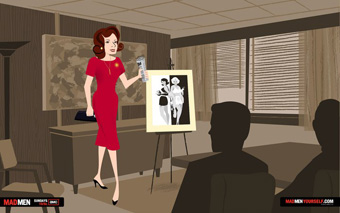
Out of curiosity, I started again from the beginning and made a man of myself. This time, I had endless suit options, with various physiques to choose from, etc. I chose a Don Draper-like body (Who wouldn’t?), and again had difficulty with my male self’s hair. I chose wavy. When it came to accessories, again, I had options including a gun and accordion, as well as various briefcases, ties and beverages. The process, interestingly, went much quicker. I was surprised, however, to find that my scene or setting options were the same between men and women. They included the board room, the bedroom, the pool, a hotel room, a shrink’s couch, etc.
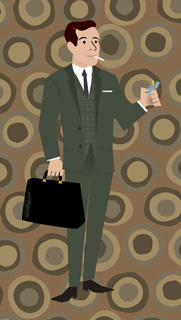
What’s the point? I found it very difficult to fit my modern perceptions into these narrow categories to develop my iconic avatar. Many of the characters on the show face the very same struggle. Mad Men straddles a world of traditional gender roles and rules, and a changing world in which those rules are constantly broken—true to the eras it portrays in the 1950s and 1960s. The show is made more complex by the fact that it self-consciously presents itself to a modern audience, and is most obviously written by writers with a modern view point. That gray matter, the ambiguity and the struggle are what make the show raw, fascinating and addictive.
However, the gray matter, the ambiguity and the struggle are also what make this show disturbing in its appeal. Rarely, does one find a night melodrama that manages to widely attract both men and women. Simply put: all men want to be lead character Don Draper; and all women want to have Don Draper. Similarly, I believe the male audience admires the sharp suits with a cigarette in one hand and a whisky in the other; the slickness with which men slip into inter-office affairs; and the authority men hold over women. Women, admire the feminine vintage styles; the nostalgic domesticity; and meanwhile, identify with the women’s struggle to breach an ever-towering glass ceiling.
I wonder what the appeal and influence of this show really is. In some ways, I think it puts order back into a world that is now somewhat disenfranchised when it comes to gender roles; at the same time, it calls into question the same question we are asking ourselves: “Am I a suit or a skirt?” and “What does that mean?”
It’s easy to blame feminism and the sexual revolution for a bewildered generation, but rather, I think we are still sifting through the revolution’s rubble and trying to make sense of the pieces. Instead of having nostalgia for an era that in some ways, I’d like to put behind us, I wish we were focusing more on how to rebuild. We can’t see through the ash because we’re facing some of the same problems.
Perhaps, the most revealing part about my avatar quest is that the image wound up looking more like old photographs of my mother at my age, than like me in the present day.
What would Freud say?
“Sometimes a cigar is just a cigar.”



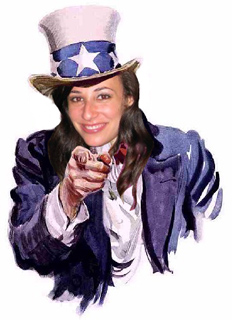






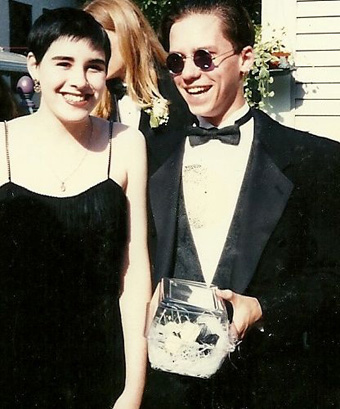
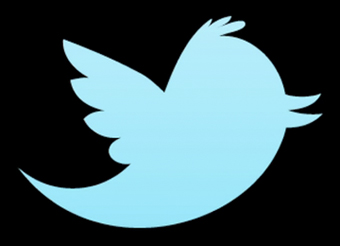
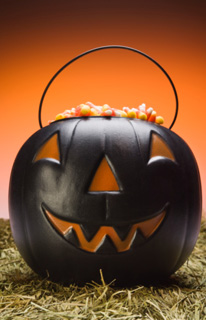
.jpg)



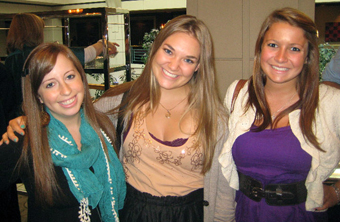

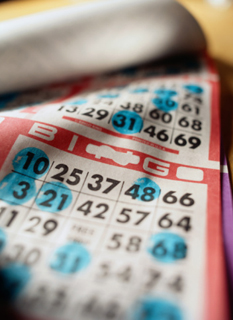
.jpg)

.jpg)



